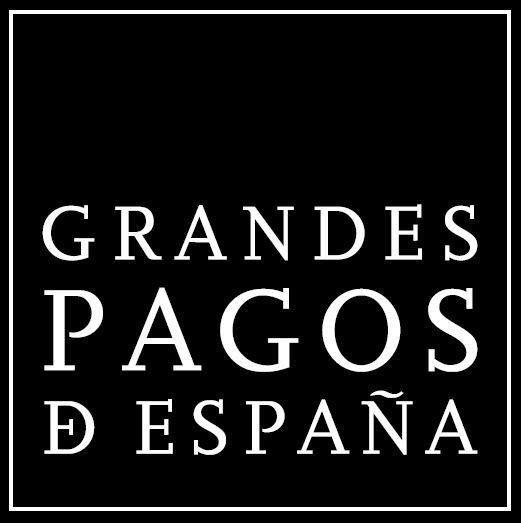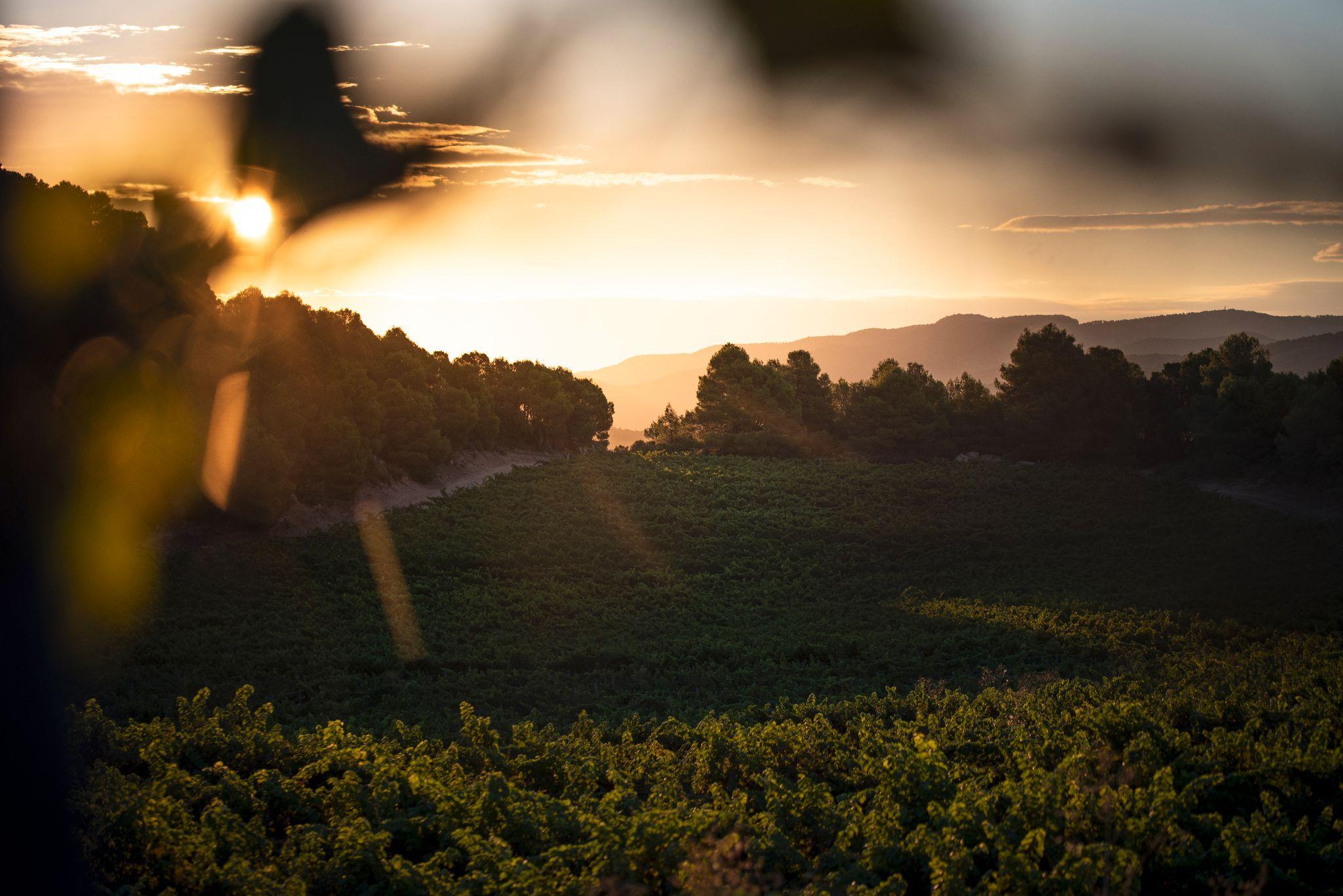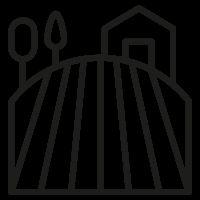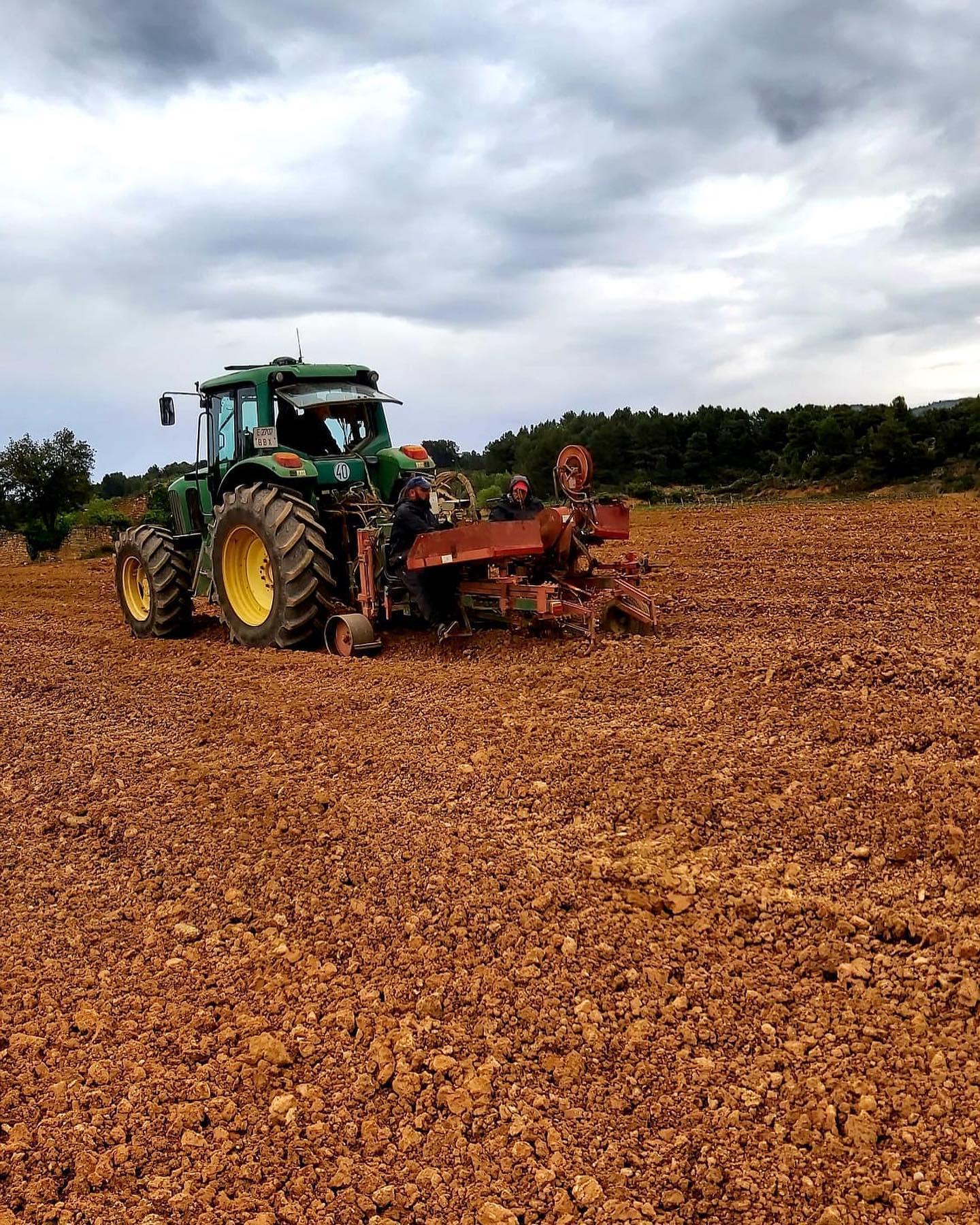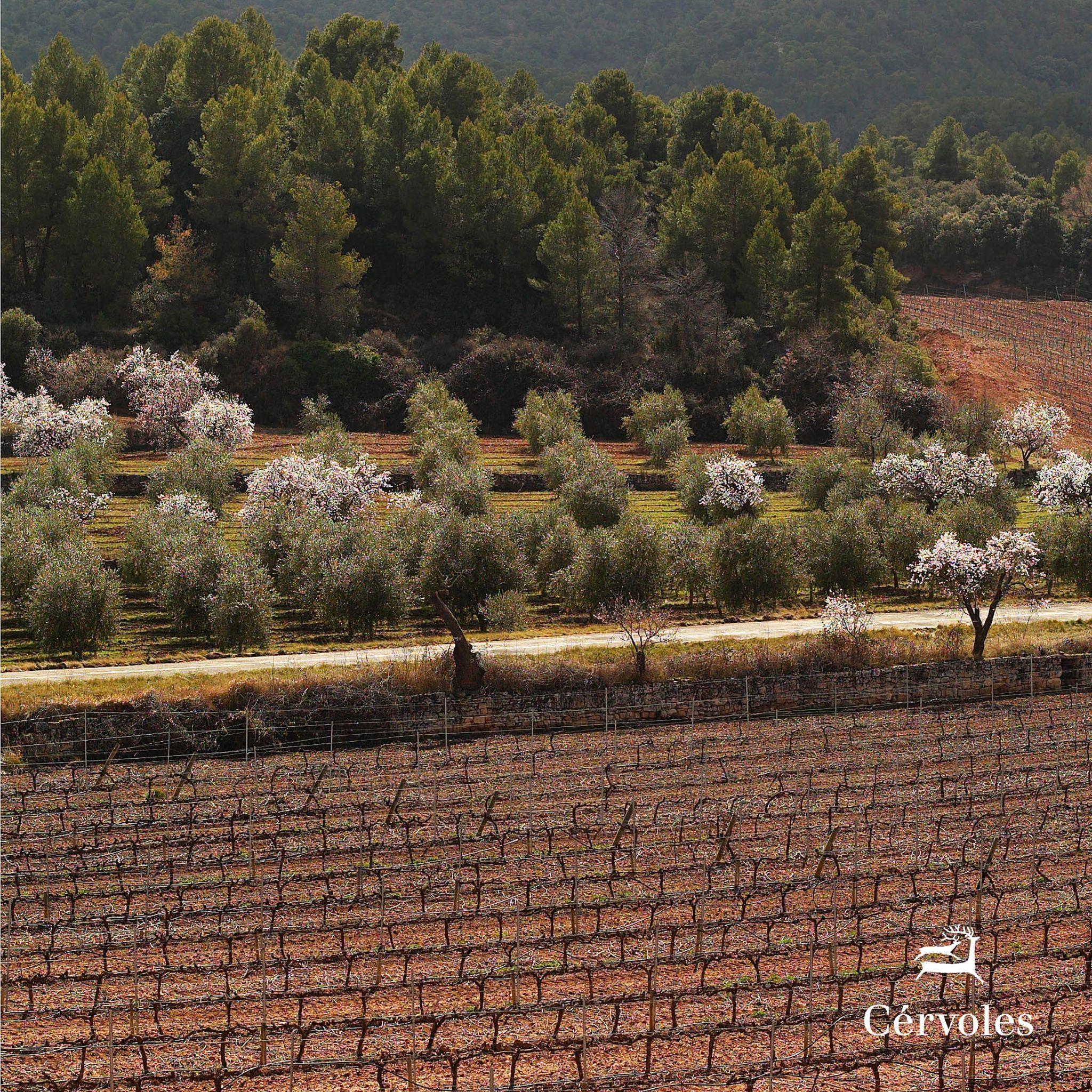KEY FACTS
CLIMATE: Transitionzonebetween Mediterraneanandcontinentalclimate; averageof66°F(19°C)duringgrowingcycle
ELEVATION: 2,296-2,460feet (750-800m)
SOILS: Calcareoussoilofloamysiltand loamyclaytexturewithvariablelevelsofgravel
CLASS: DOCostersdelSegre
VINE: 135acres(55ha)across12 differentplots;54acres(22ha)areGPE approved
KEY VARIETALS: Garnacha,Syrah, Tempranillo,Cabernet,Merlot, Chardonnay,Macabeo
ECO: Certifiedorganic,some biodynamicpractices
INNOVATE: Experimentationwithnew woodsandconcretevessels;recoveryof ancestralwinemakingmethods
HISTORY
In1997,theownersoftheCastelldel Remeiwinerydiscoveredthespecial characteristicsofthevineyardsatLa Pobla de Cérvoles, and acquired the property of Cérvoles Celler. Winemaker Tomàs Cusiné saw an opportunity to pursue a unique mountainviticultureproject:working the vineyards organically with a focusonnativevarietalsthatwould thriveonsite.
THE FAMILY
With more than three decades of experience, Winemaker and Owner Tomàs Cusiné is the driving force behind Cérvoles. Under Cusiné’s direction, Cérvoles has dramatically restructured their vineyards, analyzing the characteristics of each plot as precisely as possible. As president of the Lleida-Costers del Segre Wine Route, Cusiné is also involved in boosting the area’s wine tourism, promoting visits to wineries and vineyards,themedroutes,tastingsandotheractivities.
Winemaker: TomàsCusiné
The vineyards of Cérvoles in Les Garrigues feature a northern exposure which rises gradually towards the south, up to the Serra de La Llena, a natural border with El Priorat and La Conca de Barberà.
The predominantly poor, calcareous soils have loamy silt and clay textures, and varying levels of gravel. The soils provide excellent water retention and oxygenation, and stone slabs or compact clays limit soil depthandtheproductionofthevines.
The different plots of the estate are surrounded by Mediterranean forests. They range in elevation and sunlight hours, enjoying very mild weather. Dry winds from the west in the morning combined with more humid coastal winds from the nearby Mediterranean sea in the afternoon support temperatureswingsbetweennightandday.
GOOD TO KNOW:
Cérvoles is an active participant in the TROBAT project, which is aims to recover native varietals for DO CostersdelSegre.
VITICULTURE & WINEMAKING
MOUNTAIN VITICULTURE
When Tomàs Cusiné came to the foothills of the La Llena mountains in Las Garrigues, he was inspired by what he calls “mountain viticulture.” While high altitude vines here offer lower yields, they are of remarkable quality, possessing a concentrated structure and a unique, aromatic character. Any new vines will be trained to the traditional goblet form. EmphasizingthisspecialterroirinthewinesisthedefiningqualityofCusiné’sproject.
ORGANIC AGRICULTURE
Cérvoles’ approach emphasizes organic agriculture and sustainability, including majority dry farming, harvesting by hand, highleafexposure,greenpruning,sortinggrapesinthevineyardsandyieldcontrol.Biodiversityisaprioritytohelpkeepthe bacteriapopulationhealthyandthriving.
Cérvolesisequippedwithtechnologycustom-fittoitscellarandplacedinserviceofaphilosophyofminimalintervention. Harvested grapes from various plots are vinified separately to best preserve terroir identity. Tanks are loaded from the bottom to protect the fruit and prevent laceration of the skins. Vats and tanks are custom-made to accommodate the El Trobat is one of the many native varietals Cérvoles cultivates:alight,particularly flavorful red grape whose cultivationisinsharpdecline.
How is the terroir reflected in the wines of Cérvoles?
The elevation of the vineyards and the temperature contrast in Les Garrigues impact the grape skin thickness, encouraging the concentration of anthocyanins and tannins while enhancing acidity andfreshness.
The surrounding Mediterranean forests and aromatic plants are one of many influences on the aromas of the wines. The native yeasts used in fermentation also contribute heavily to the aromatic profilethatoriginatesinLesGarrigues.
Singularities of the Winery
In 1997, Cérvoles became the first mountain viticulturalprojectinCatalunya.Eachparcelhasbeen painstakingly documented in order to tailor the cultivation and vinification. The winery has been custom-designedtovinifyeachplotseparately.
Why is Cérvoles a Grandes Pagos de España winery?
Cérvoles joined GPE during its expansion in 2004. In doing so, Cérvoles reaffirmed its commitment to the land, which requires taking on new challenges every day, and the character of the unique vineyards in a terroirasdistinctiveasthatofLaPobladeCérvoles.
CELLER CÉRVOLES
PORTFOLIO:
Estrats, Garnatxa de Cérvoles, Tros de Tossal
Cérvoles Blanc
DO Costers del Segre
Varieties
Chardonnay, Macabeo
Vinification
Macabeo fermented and aged in 3,000L foudres; Chardonnay fermented and aged in 225L, 600L French oak barrels. Battonage in the first months
Good to Know
Chardonnay is from Finca Cametes; Macabeo is from Finca Oliveres
Cérvoles Negre
DO Costers del Segre
Varieties
Tempranillo, Garnacha, Syrah, Cabernet Sauvignon
Vinification
Varieties are vinified separately. Garnacha is aged in 4000L French oak vat; Tempranillo and Cabernet in 225L French oak barrels
Good to Know
Grapes from vineyards at different altitudes, expositions


